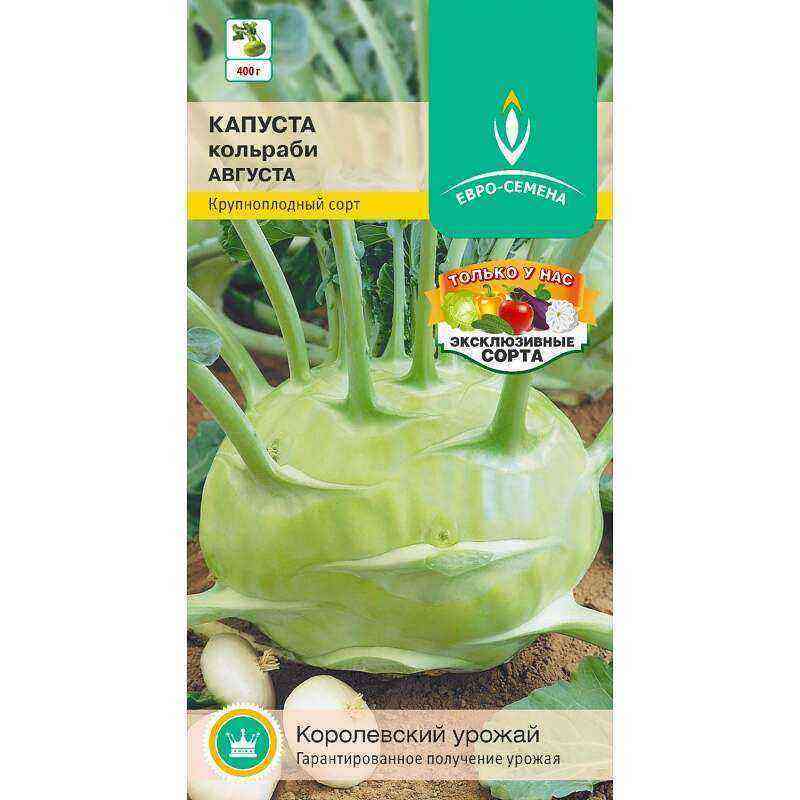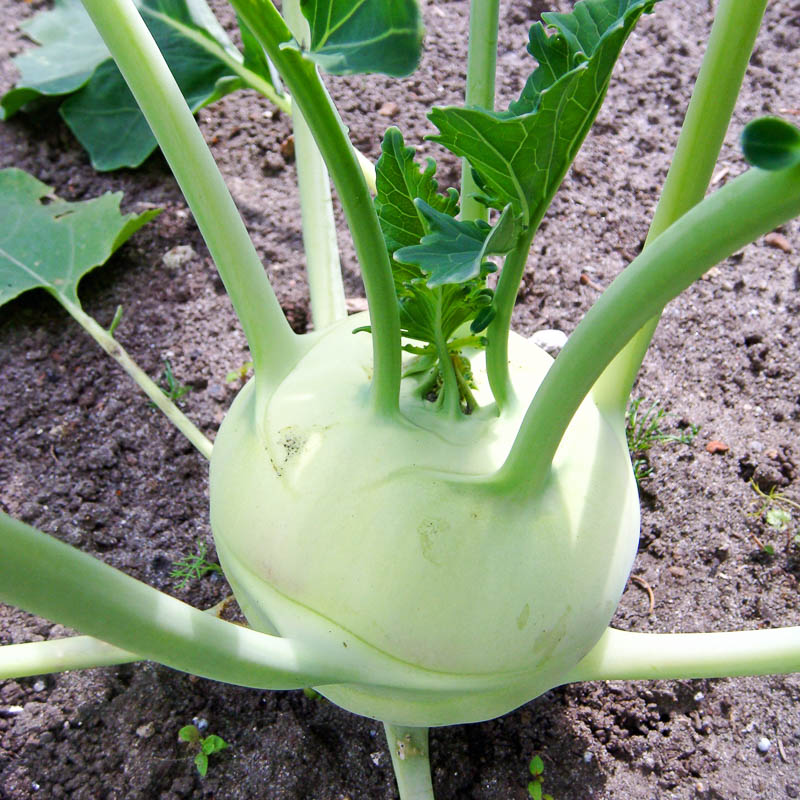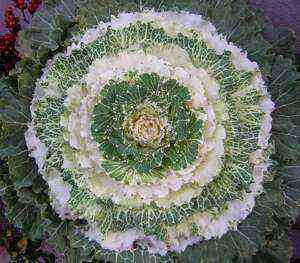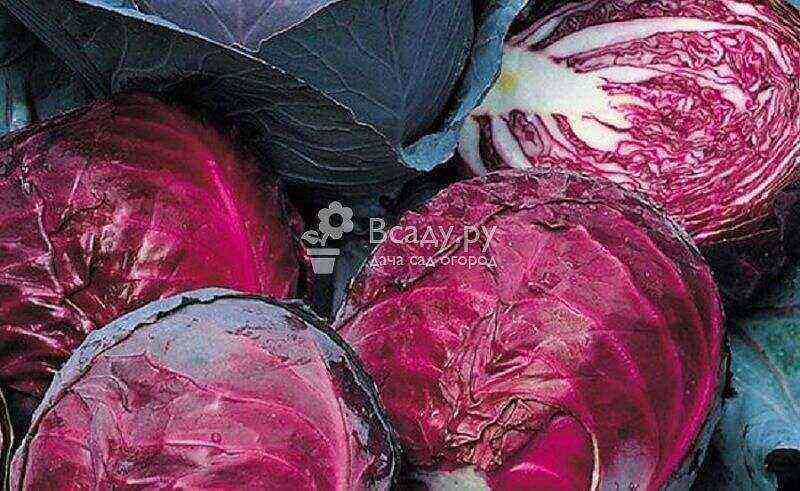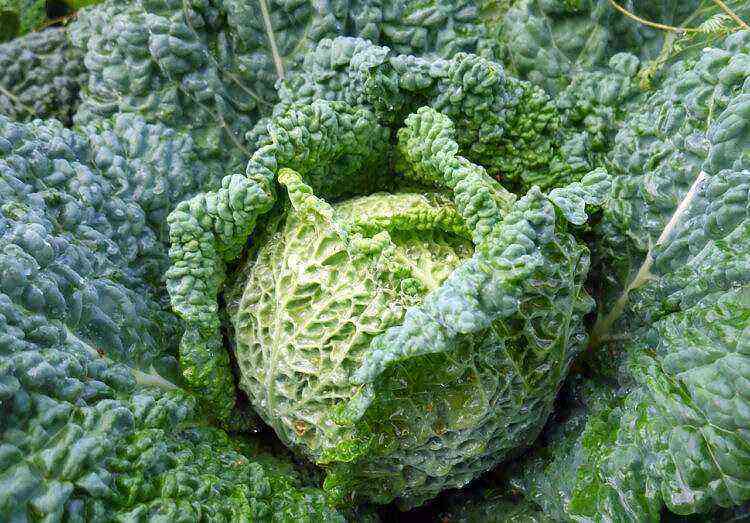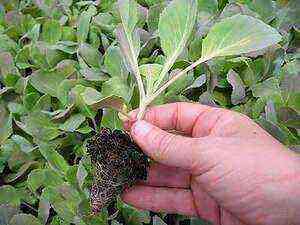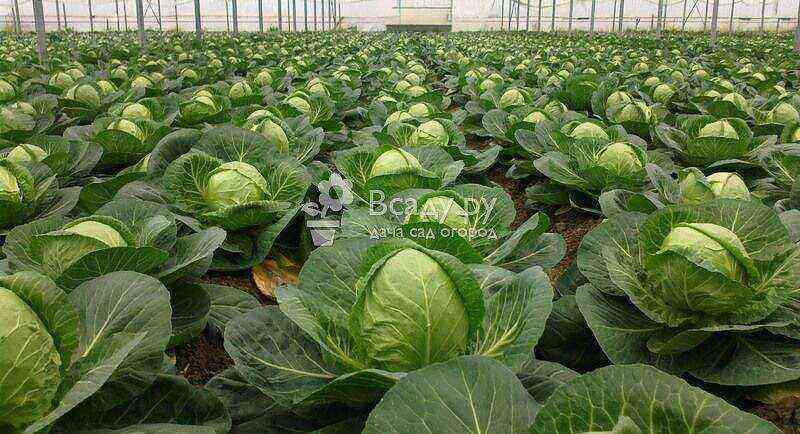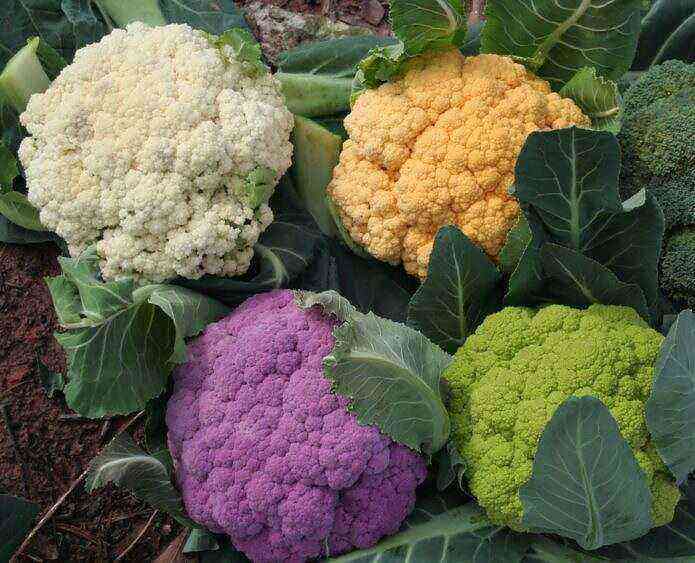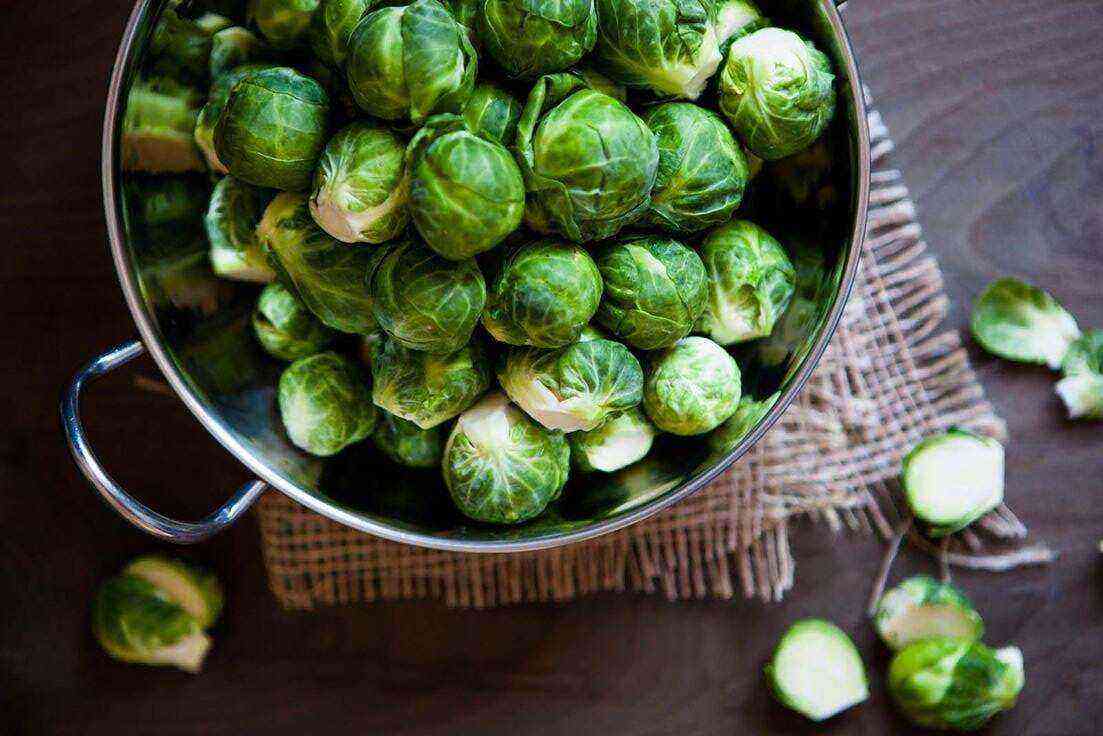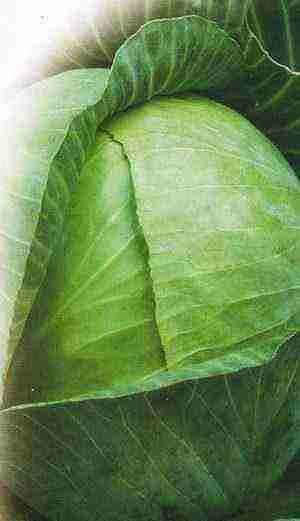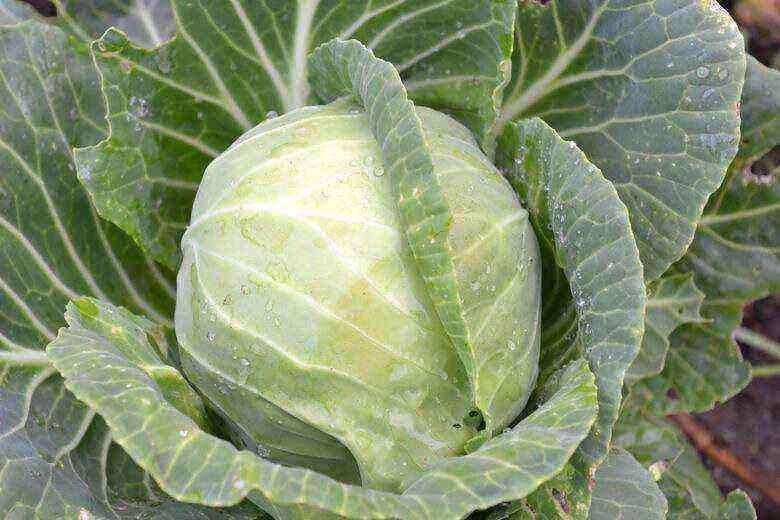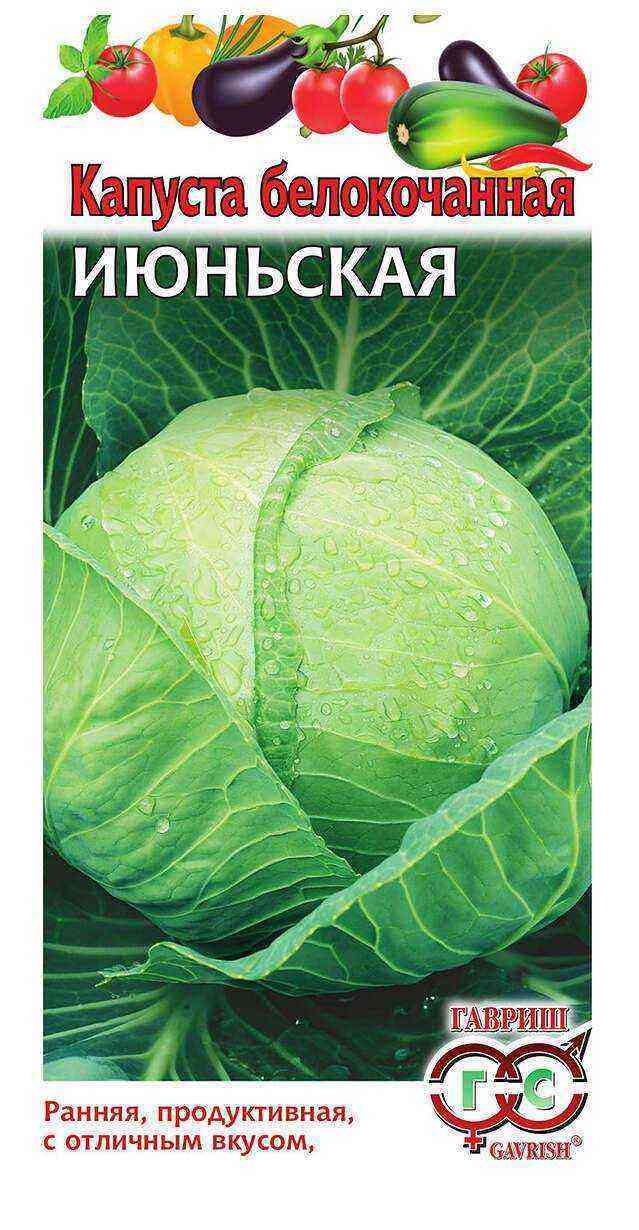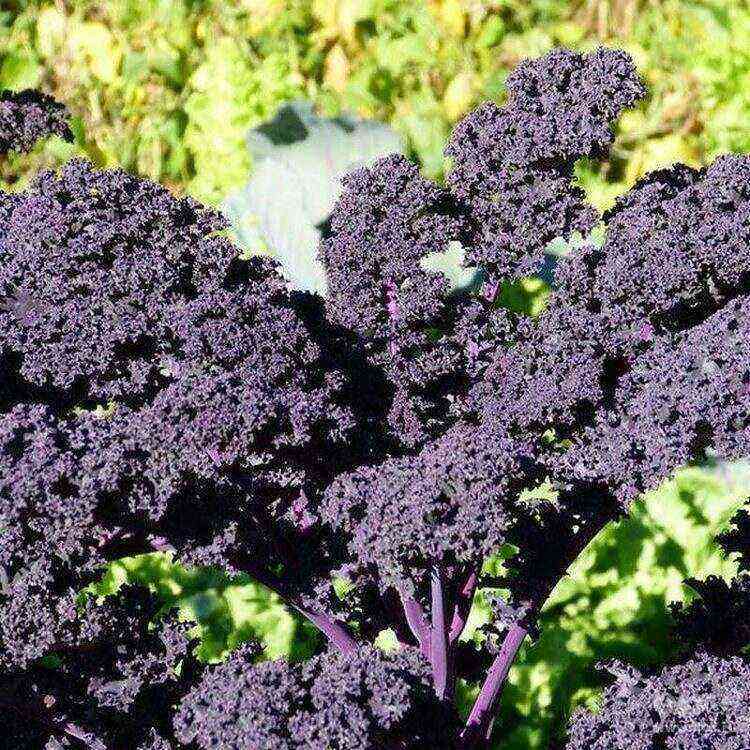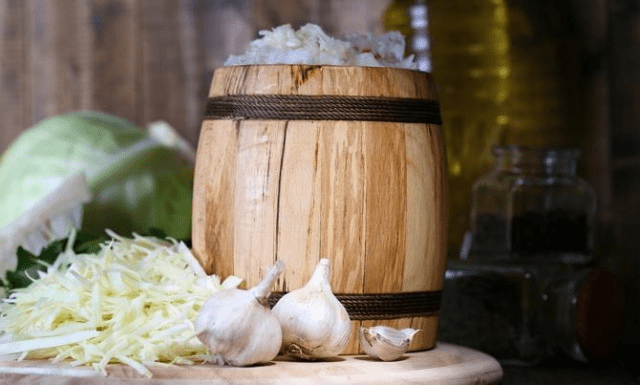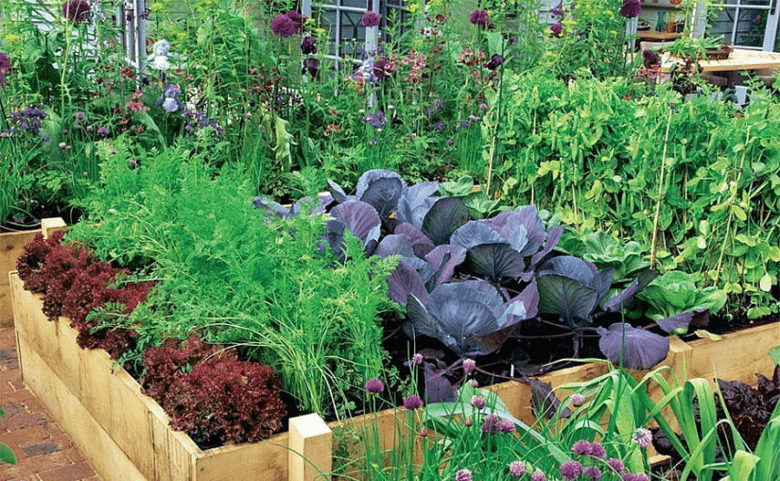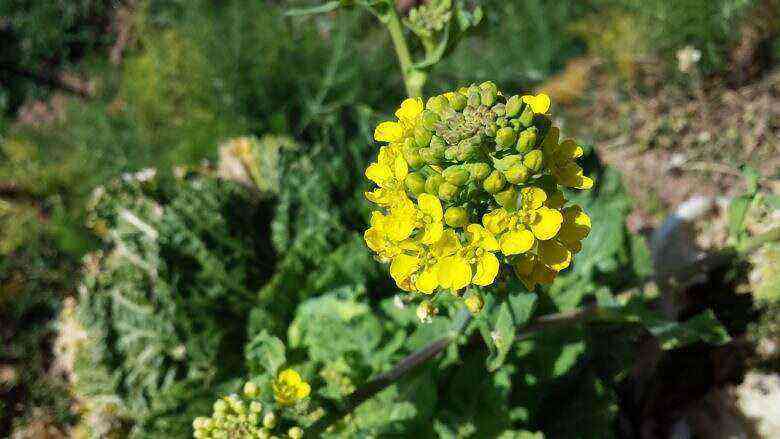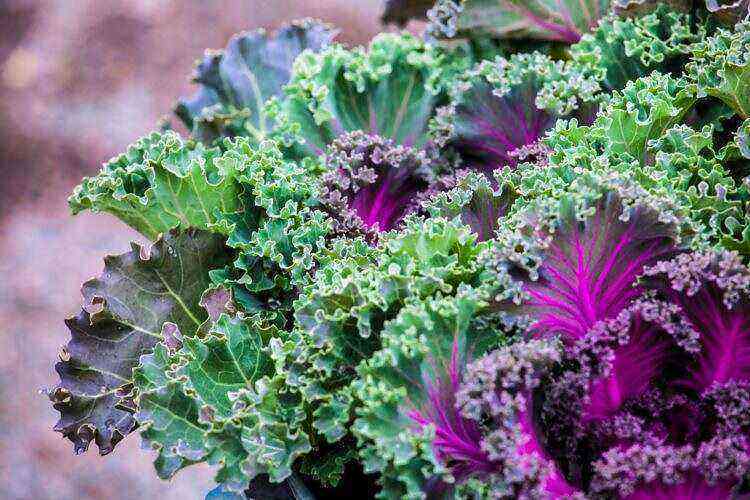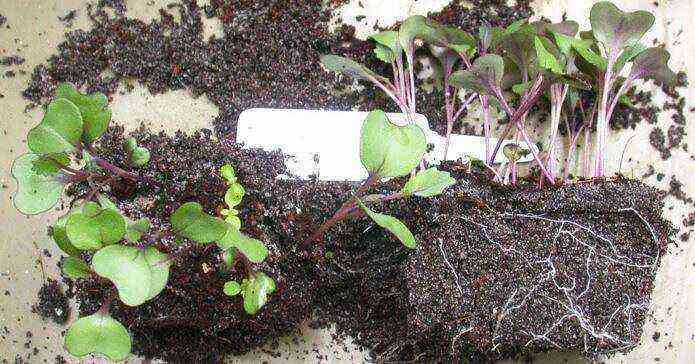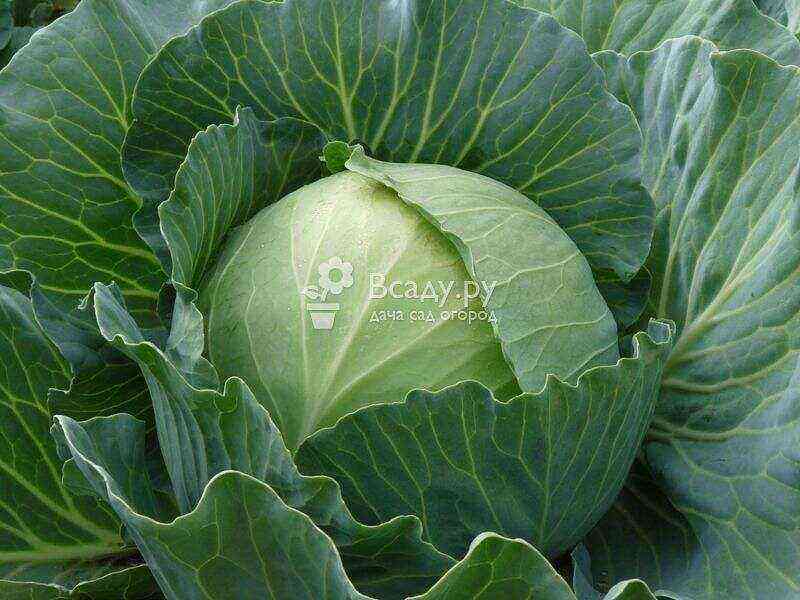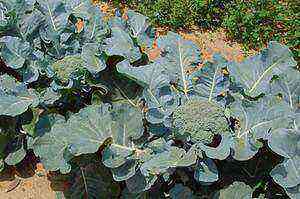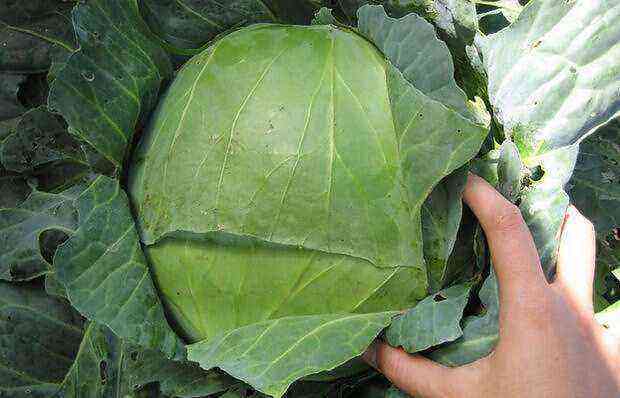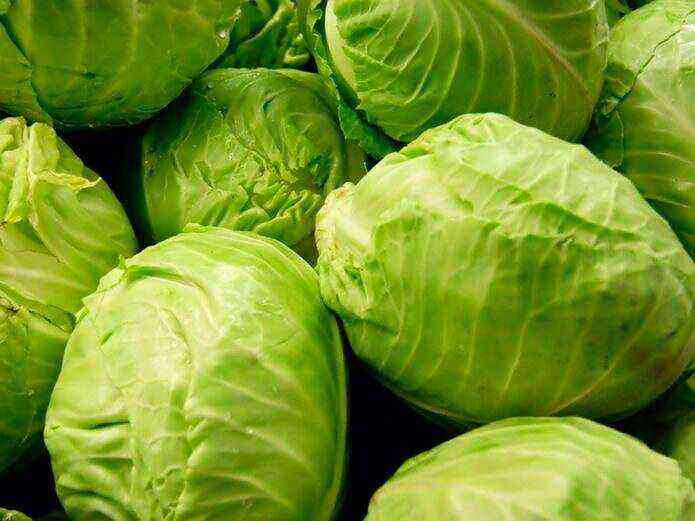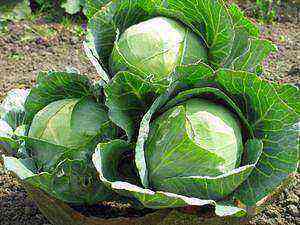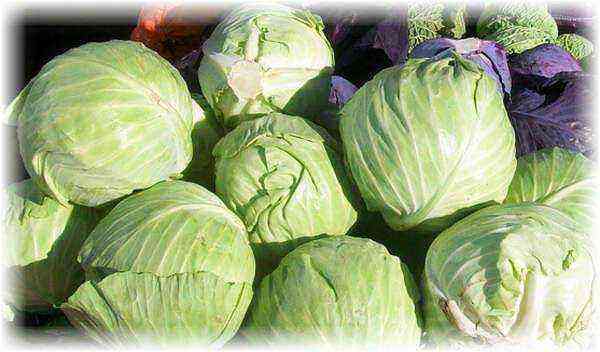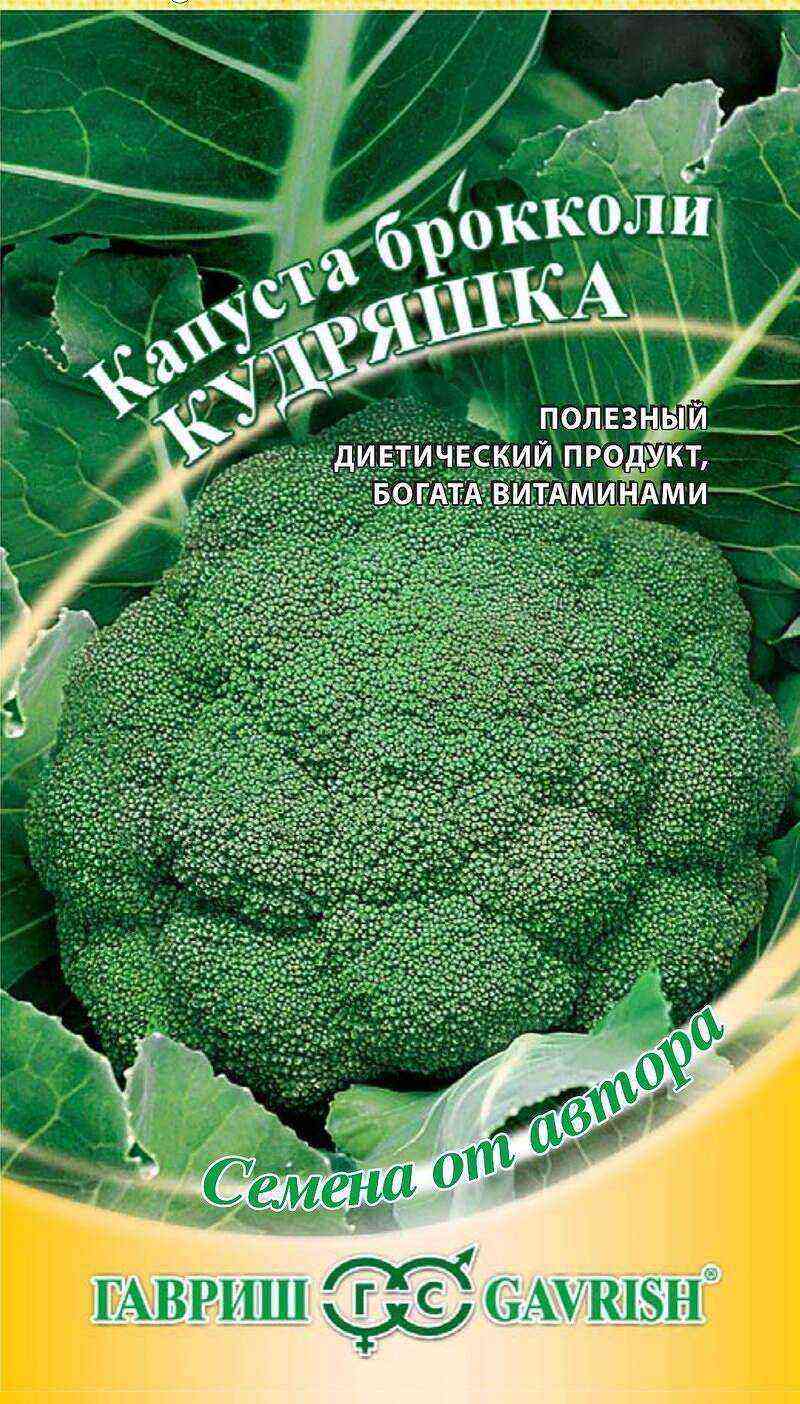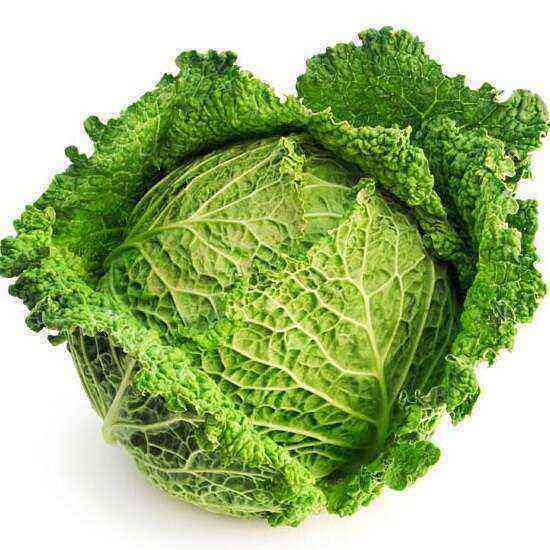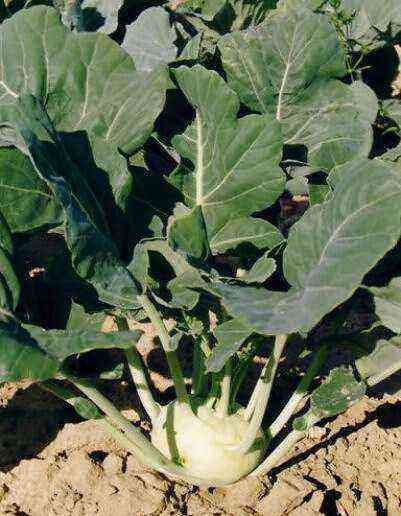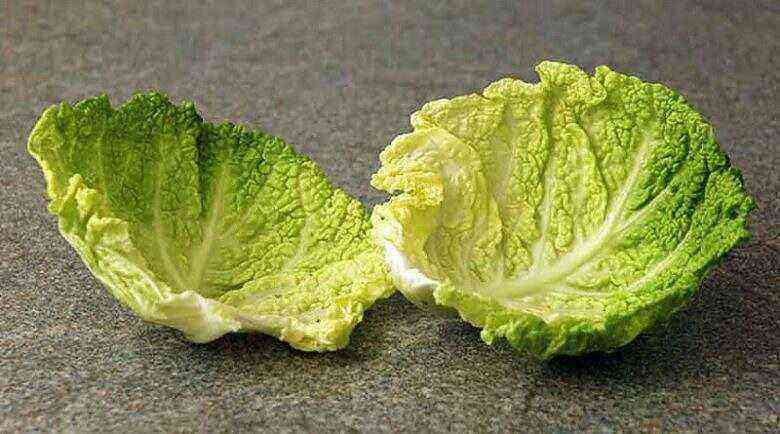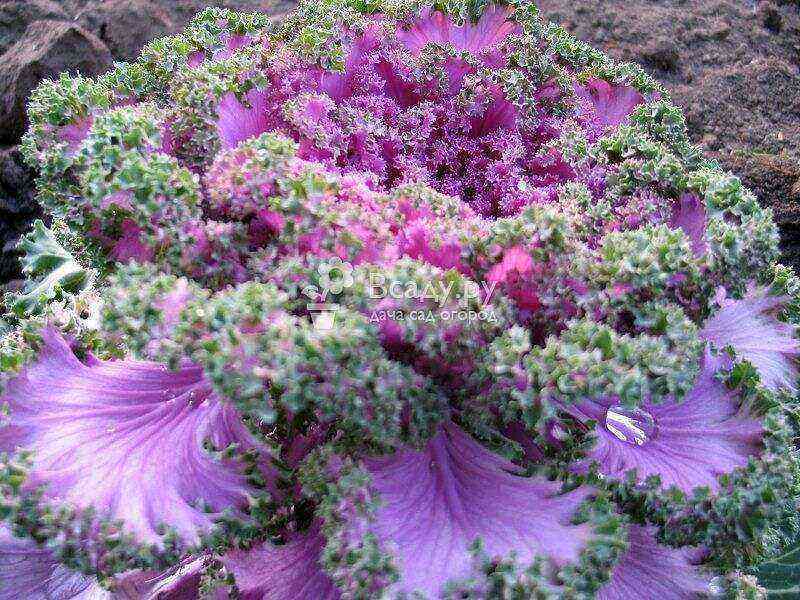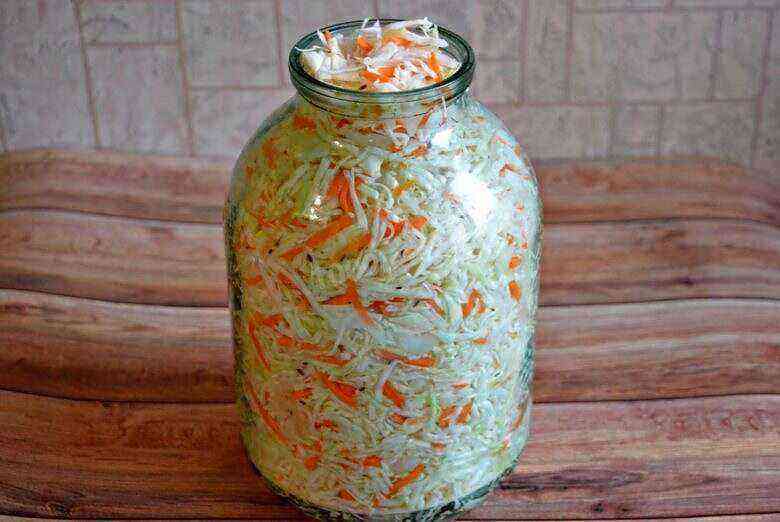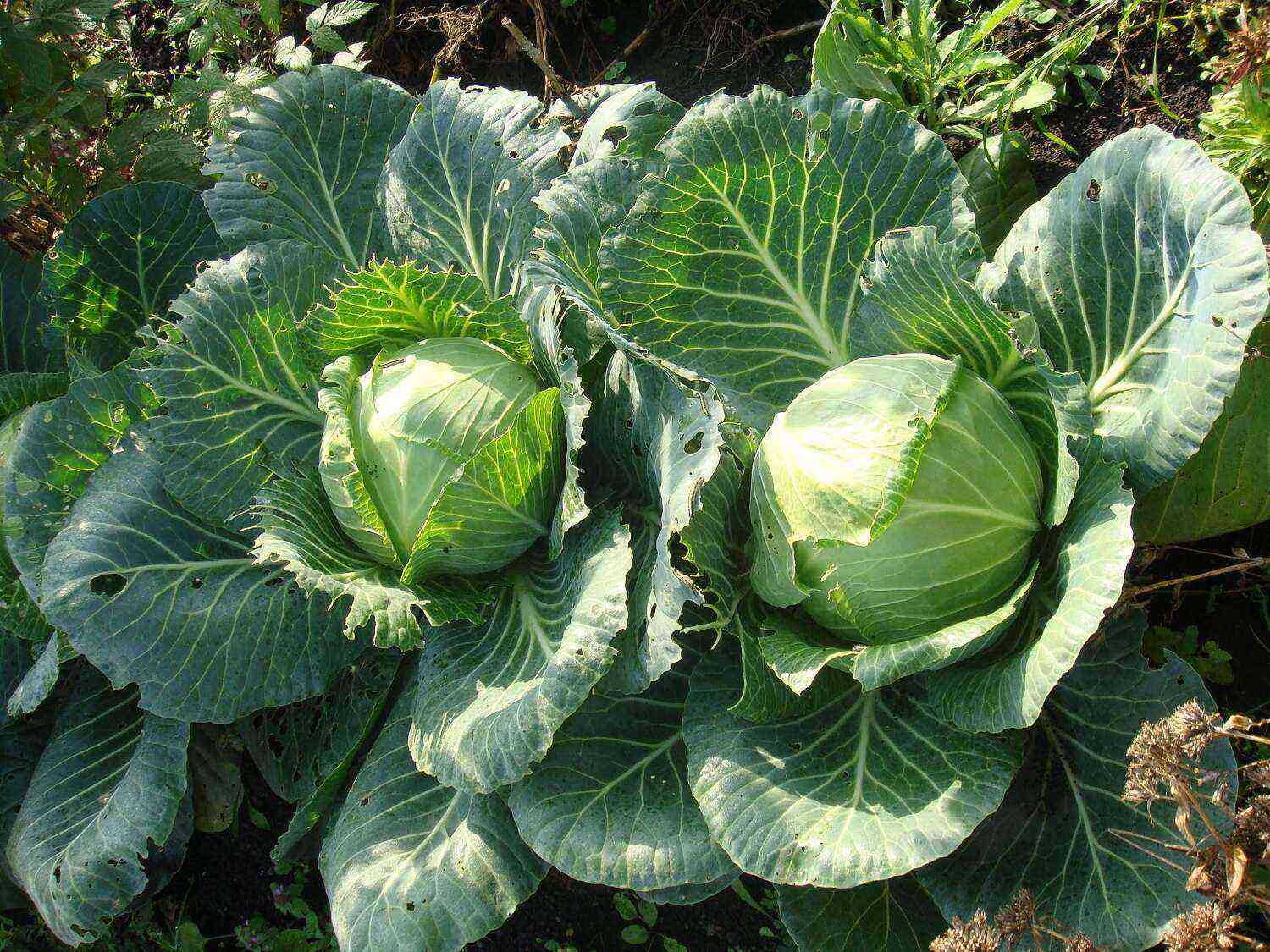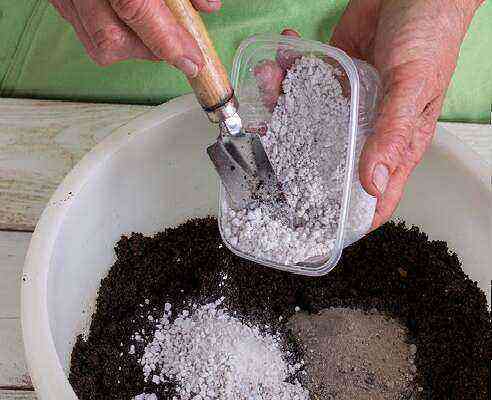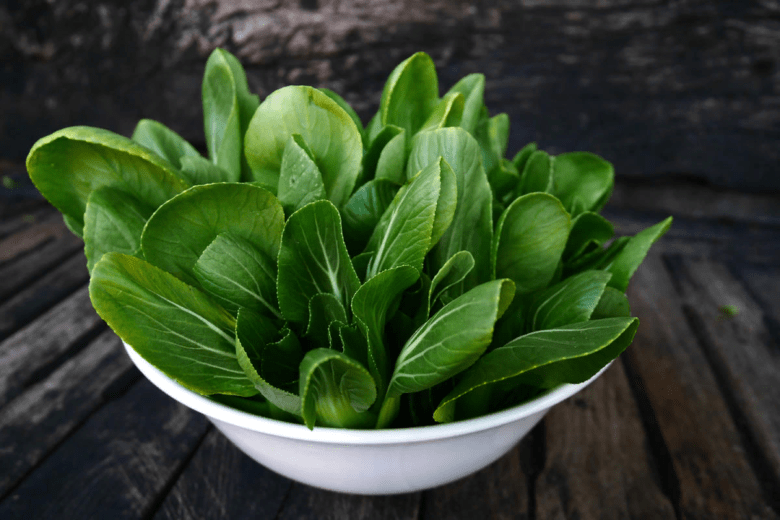Kohlrabi is in demand in Germany, Poland, Italy, North America. It adapts well to negative atmospheric conditions, therefore it is cultivated even on Sakhalin and Kamchatka. The edible component of cabbage is a leg, which in the lower part takes the form of a ball or turnip.
If you taste the cabbage, then it is crispy, sweet, without spike and bitterness. The formed stem is similar in gastronomic properties to kocheryga, but kohlrabi is much crunchy and nourishing. There are 43 calories per 100 grams.
Cabbage composition
This type of cabbage contains a lot of vitamins C, A, B, B2, PP. In addition, the product has nutritional mineral complexes. The vegetable contains compounds and organic proteins and fiber.
The interior of this cabbage consists of glucose, fructose, sulfur components, so it is considered an irreplaceable low-calorie product. By the way, many cabbage is called cold lemon because of the high presence of vitamin C.
Useful qualities
Naturally, kohlrabi cabbage is a valuable and nutritious product. It is useful for children and expectant mothers to eat it. If you often use cabbage, then the metabolism improves, the digestive tract, liver, and gallbladder begin to work actively.
The high level of potassium in the vegetable allows you to remove excess water from the body, and the presence of fiber does not allow cholesterol to accumulate on the walls of blood vessels. New medical tests have confirmed that adding cabbage to the diet can prevent colon and small intestine cancers, which is characterized by the presence of sulfur in cabbage.
Cultivation of kohlrabi cabbage from seeds for seedlings
To get a healthy and high-quality early harvest, seedlings are cultivated in greenhouse conditions. This option makes it possible to enjoy edible stalks already in June. The cultivation of kohlrabi cabbage from seeds for seedlings is carried out on March 20th.
It is necessary to carefully prepare the seed in order to reduce the risk of the appearance of pathologies such as black leg, powdery mildew, and various fungal diseases.
How to make seed treatment?
It is necessary to put the seeds in a rag and let them soak in hot liquid for 30 minutes. Cool for 15 minutes in cold liquid. Leave to lie for 11 hours so that the seeds swell. Put in the refrigerator overnight. To make the seeds free-flowing, you need to dry them a little in the fresh air.
Planting is carried out in pre-prepared soil, which consists of sand and turf. Some coal and manure can be used. For disinfection, the soil is spilled with a manganese solution.
You can cultivate a vegetable from seeds for seedlings directly into personal containers or in boxes with further transplantation. The second option is much better, as it can be used to achieve stable and healthy seedlings.
For landing, pits are made in the ground at a distance of 5 cm from each other. The seeds are placed at a depth of 1 cm, the distance between them is 2,5 cm. Sprinkle with soft earth on top and send the box to the windowsill. When the long-awaited sprouts hatch, you need to send the seedlings to a colder place at a temperature of + 10-15 degrees for a couple of days so that the flowers do not stretch out. After 14 days, they can be transplanted into personal containers. The edible stems can be cultivated both indoors and outdoors.
How to cultivate kohlrabi in soil?
If the fruits are of a late variety, then they can be planted in the ground or a greenhouse for seedlings. Transplanting in such a situation is performed immediately on a permanent bed. The method of how to cultivate kohlrabi in the ground for seedlings is no different from the option on the windowsill.
Despite the fact that cabbage perfectly tolerates low temperatures, with early planting, it is necessary to cover the plants with nectar material at night.
For planting kohlrabi cabbage, light areas with fertile and light soil are suitable. It is good if beans, potatoes, tomatoes, onions grew in front of the cabbage. So that the crop is not attacked by diseases and parasites, you should not plant seedlings after other types of cabbage.
Manure can be added to the ground before planting. You should not add freshly prepared manure, as it attracts flies. For early ripe varieties, the distance between rows is 30 cm, and between flowers – 25 cm.For middle and late varieties – 43 and 33, respectively. This cabbage should not be planted deeper, as the fruit appears on the stem.
How to care for kohlrabi?
6-7 days after transplanting the flower to a permanent site, you can feed it with nitrogen-based fertilizers. A month after that, you can feed with a regenerated biological fertilizer. And the last feeding should be done with an emulsion of superphosphate with potassium.
Care according to all the rules consists of:
- Frequent irrigation. Performed once every three days.
- Loosening of the soil.
- Fight against parasites and pathologies.
In particular, cabbage needs proper irrigation during the development of the stem. A lack of it can negatively affect growth, and excess moisture can cause deformation. The main thing is not to let the water stagnate and at the same time you need to observe moderate humidity.
To fight parasites and diseases, the same substances are used as for white cabbage. Loosening plays a key role. This event saturates the soil with oxygen. The main thing is to do it carefully so as not to harm the stem and not sprinkle it with soil.
How to store kohlrabi in winter?
In order for vegetables to be stored for a long time and with high quality, you need to choose legs of a lilac shade, white kohlrabi does not lie for a long time. The vegetable is folded at a temperature of +7 degrees, when the turnips get a diameter of 8 cm when they are pulled out of the ground along with the root. The inflorescences are cut off, leaving the legs. Cut off inflorescences contain a lot of vitamins, so you can take them before they rot.
You can keep edible legs in the cellar, while the most unusual option is simple – fruits are placed vertically in boxes with moistened sand with some distance. You can keep the fruits fresh for a couple of months.
Kohlrabi in Cooking
Surprisingly, kohlrabi is used in many European cuisines. The Jews also fell in love with this type of cabbage, creating their favorite dish, Hanukkah. Germans and Poles love to stuff meat dishes with the addition of kohlrabi. A prerequisite is the creation of a white sauce, under which the cabbage will languish.
Strong recommendations for cabbage cultivation
Many summer residents do not cultivate this variety and still do not recognize it as their own. In reality, the cultivation process is simple, and this type of vegetable grows ideally in our natural conditions.
Kohlrabi cultivation tips:
In order to eat cabbage from June to low temperatures, it is necessary to plant a couple of varieties of different ripening periods. Late ones lie perfectly until March.
Before sowing home seedlings in the ground, hardening must be done for a couple of days.
If there is not enough space for planting cabbage, then it can be sown between other vegetables as a support. She perfectly takes root with all the vegetables and is not capricious.
It is better to harvest the fruits earlier, without letting them overripe.
See that the legs are 7 cm in diameter, they can be added to food.
Late varieties are less prone to stiffening of the stem.
For storage, the fruits are harvested and folded together with the root.
These easy kohlrabi cultivation tips will make the process easier and help you get an excellent crop of crispy stems.
